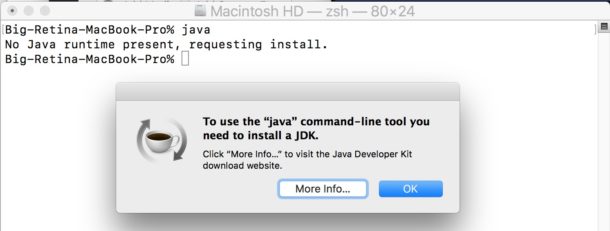Our Mac can function as a wireless hotspot, which allows us to connect other devices to it and share its Internet connection.
This is most useful feature by Mac if our Mac is connected to a wired network via Ethernet. We can connect any wireless devices to Mac and share the wired Internet connection with any wireless device and almost as our Mac works a wireless router.
Below are the steps to achieve this:
Enable Internet Sharing and Configure Your Hotspot
The Wi-Fi hotspot option is part of the “Internet Sharing” feature in macOS. You’ll find it in the System Preferences window. Click the Apple menu, select System Preferences, and click the Sharing icon.

Select the “Internet Sharing” option in the list. You’ll now need to select the Internet connection you want to share with the devices.
The one big limitation is that you can’t both be connected to a Wi-Fi network and host a Wi-Fi network at the same time.
For example, let’s say your Mac is connected to the Internet through an Ethernet adapter. You’d select Ethernet in the list at the top of the window and share that wired connection over Wi-Fi. If you’re connected via Bluetooth or tethered to an iPhone via a USB cable, you could also select those.

In the “To computers using” box, enable the Wi-Fi option. This will create a Wi-Fi hotspot, and the Internet connection you selected at the top of the window will be shared with devices that connect to the Wi-Fi network.
Click the “Wi-Fi Options” button at the bottom of the window to configure your Wi-Fi hotspot. Select your preferred network name and the best Wi-Fi channel.
Be sure to click the “Security” box and select “WPA2-Personal” and provide a password. By default, the hotspot will be configured without a password and anyone will be able to connect.

When you’re done setting things up, click the checkbox to the left of Internet Sharing and click Start to activate your Wi-Fi hotspot.

 This will allow you to download and install the newest most recent version of Java available for the Mac, which is currently JRE8.
This will allow you to download and install the newest most recent version of Java available for the Mac, which is currently JRE8.